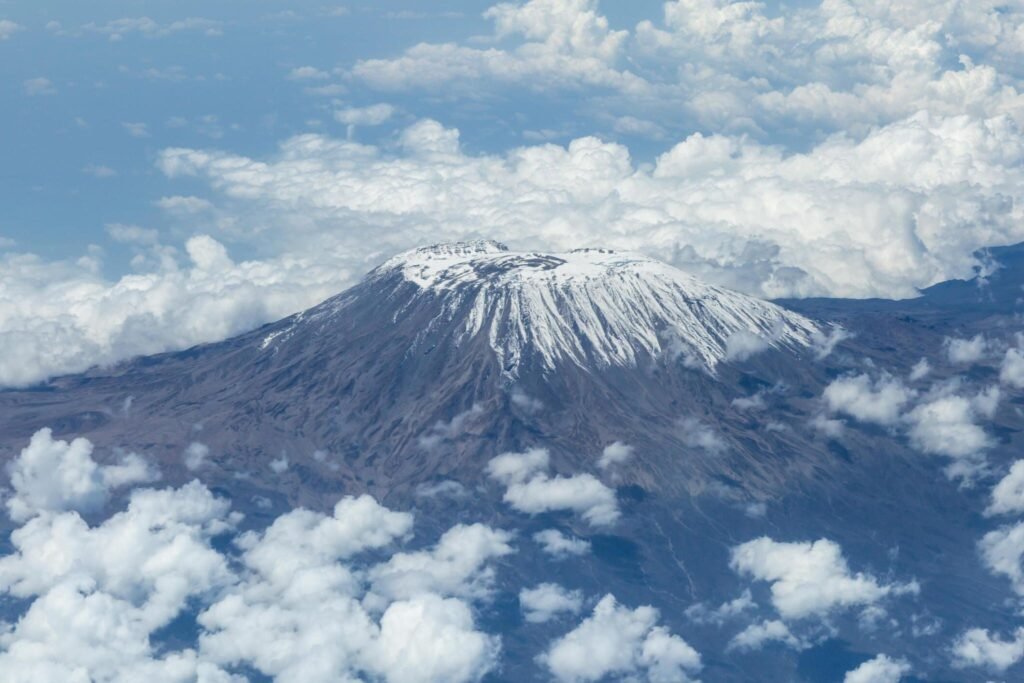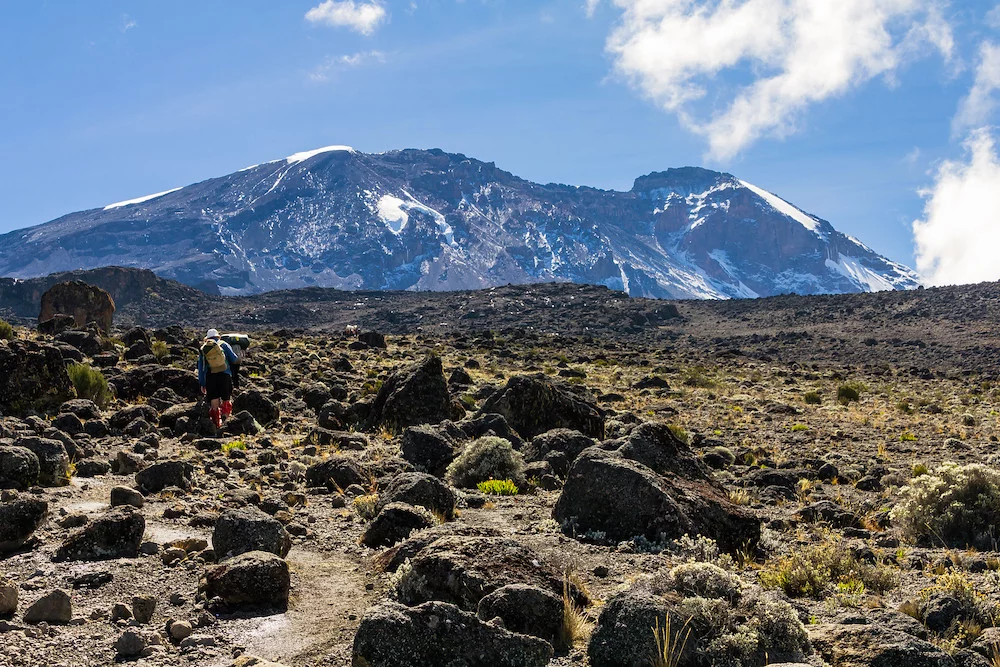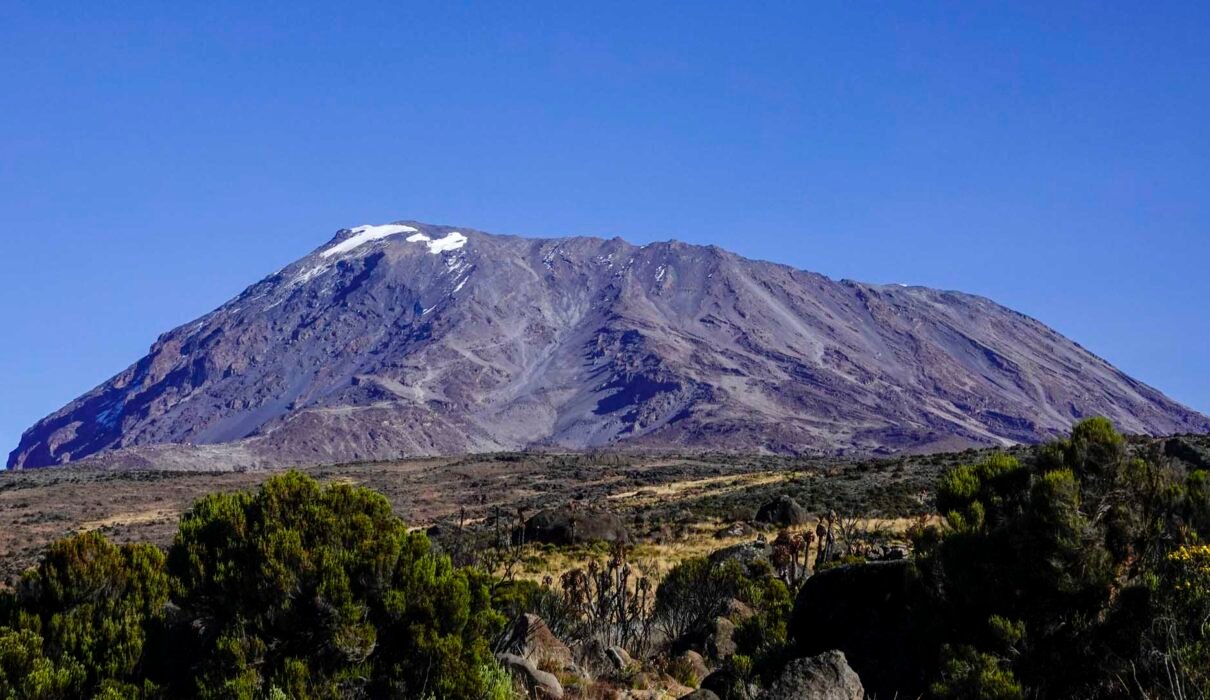The Most popular Shira Plateau on 2025/2026 , Which stretches out for around 13km to the west of the snowy Kibo summit, is actually a caldera. That is to say, it’s a collapsed volcanic crater. So when you are walking on the plateau, you are actually walking on the remains of the first of Kilimanjaro’s three volcanoes to expire.
The Most popular Shira Plateau on 2025/2026 , This event happened around 500,000 years ago, after which it was filled by the lava and debris from the later Kibo eruption.

The Most popular Shira Plateau on 2025/2026 , largely thanks to its proximity to Amboseli national park in Kenya. From this park, herds of elephant, eland and buffalo have been known to wander up the mountain’s slopes.
Indeed, while writing the first edition of the Kilimanjaro guide book, back in the early 2000s, I had to be accompanied by an armed ranger on this route in case of any encounters with predators.

The Most popular Shira Plateau on 2025/2026, you will be very, very lucky to see any evidence of wildlife existing on the plateau. True, you may see the odd hoof-print, and maybe even the occasional sun-dried lumps of poo. But as for seeing an actual animal, other than a monkey or mouse – well, that’s unlikely.
So while the proximity of Africa’s finest wild beasts adds a certain frisson of excitement to the walk, don’t choose it in the hope of seeing animals. Because it’s an awful long way to come just to see some desiccated elephant dung.
Book your spot now via eddytoursandsafari@gmail.com or via WhatsApp +255711906664

